A History of Storm Chasers and Storm Chasing

Storm Chasing: The Thrilling Pursuit of Nature’s Fury
Since the dawn of human civilization, storms have captivated and terrified us in equal measure. However, it wasn’t until the 20th century that a group of intrepid individuals began actively pursuing these meteorological marvels, giving birth to the exhilarating and often dangerous field of storm chasing.
Before the advent of modern storm chasing, the study of tornadoes and severe weather was a far cry from the sophisticated pursuit we know today. In the 1800s, the scientific understanding of these powerful natural phenomena was still in its infancy, and the concept of actively seeking out storms was virtually unheard of.
During this time, the primary sources of information about tornadoes were the accounts of those who had witnessed them firsthand. These eyewitness reports, often filled with vivid descriptions and harrowing tales of survival, laid the foundation for our early understanding of severe weather. One of the most famous accounts from this era is that of John Park Finley, a sergeant in the U.S. Army Signal Corps who became fascinated with tornadoes after surviving a close encounter in 1882.
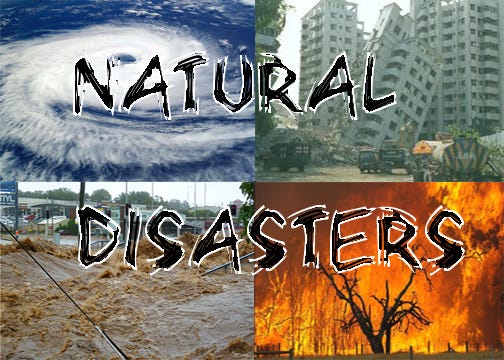
Finley’s experience sparked a lifelong passion for studying severe weather, and he went on to become one of the most influential figures in the field. In 1884, he published the first comprehensive study of tornadoes in the United States, titled “Report on the Character of Six Hundred Tornadoes.” This groundbreaking work, which included detailed descriptions and classifications of tornadoes, served as a cornerstone for future research.
Despite the efforts of individuals like Finley, the scientific community of the 1800s was largely skeptical of the idea that tornadoes could be studied in a systematic way. Many believed that these powerful storms were too unpredictable and chaotic to be understood, and the notion of actively pursuing them was considered foolhardy at best.
However, this began to change in the late 1800s, as advances in technology and communication made it easier to track and study severe weather. The invention of the telegraph allowed for the rapid dissemination of weather reports, and the establishment of a national weather service in 1870 marked a significant step forward in the organized study of meteorology.
In the heart of Oklahoma, at Tinker Air Force Base, a groundbreaking event took place on March 25, 1948, that would forever change the course of severe weather forecasting. On this fateful day, a group of Air Force meteorologists, led by the visionary Captain Robert C. Miller and Major Ernest J. Fawbush, issued the world’s first tornado forecast. This remarkable achievement marked a turning point in our understanding of these powerful storms and paved the way for the development of modern storm chasing and severe weather research.
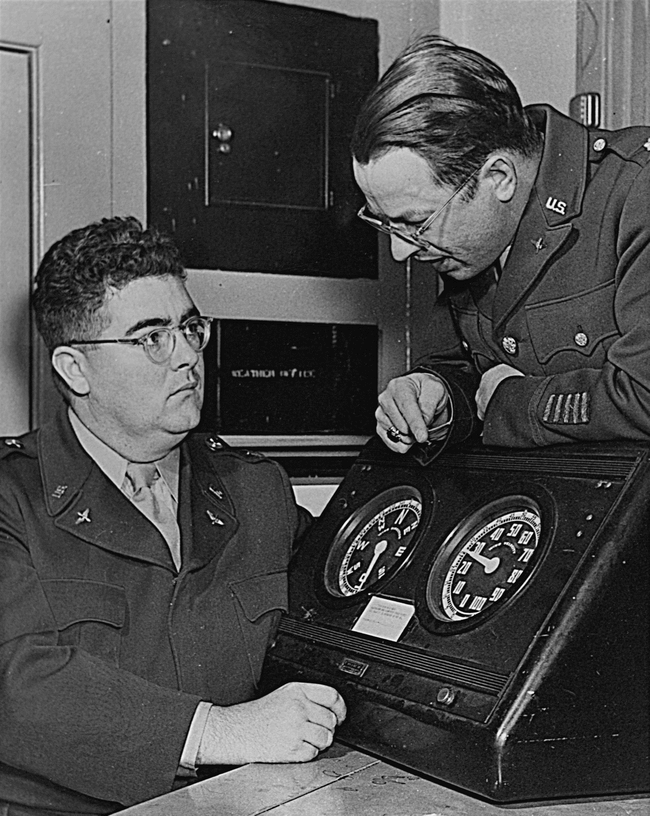
The events leading up to this historic moment were nothing short of extraordinary. Miller and Fawbush, both brilliant meteorologists, had been tasked with investigating the devastating tornado that struck Tinker Air Force Base on March 20, 1948, causing significant damage and injuring several personnel. As they pored over weather data and eyewitness accounts, the two men began to notice patterns and conditions that seemed to precede the formation of tornadoes. With a powerful cold front approaching and similar atmospheric conditions to the March 20th tornado in place, Miller and Fawbush made a bold decision: they would issue a tornado forecast for the following day.
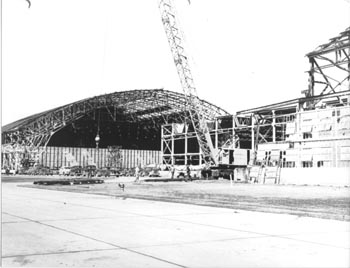

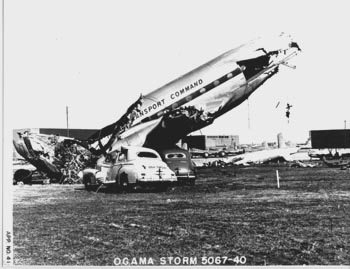
The forecast, which was met with skepticism by some of their colleagues, proved to be remarkably accurate. On March 25, 1948, a tornado touched down just miles from Tinker Air Force Base, causing damage but no fatalities thanks to the advance warning provided by Miller and Fawbush’s forecast. This incredible success story quickly spread throughout the meteorological community, sparking a renewed interest in the study of tornadoes and severe weather. The Tinker Air Force Base breakthrough not only demonstrated the potential for tornado forecasting but also highlighted the critical importance of understanding these powerful storms. As a result, the field of storm chasing began to evolve, with a growing number of researchers and enthusiasts dedicating themselves to unlocking the secrets of nature’s fury.

The roots of storm chasing can be traced back to the 1950s when a handful of weather enthusiasts, armed with little more than their curiosity and a few rudimentary instruments, ventured out to observe storms up close. Among these early pioneers was David Hoadley, widely regarded as the father of storm chasing. Hoadley’s fascination with severe weather led him to found the Storm Track magazine in 1977, which became a bible for aspiring storm chasers.
Another notable figure in the history of storm chasing is Neil Ward, a meteorology professor at the University of Oklahoma. In the early 1970s, Ward began taking his students on field trips to observe severe weather, laying the groundwork for what would eventually become a thriving research community. His work paved the way for future scientists to study storms in their natural environment, leading to significant advancements in our understanding of severe weather.

The 1980s saw a surge in the popularity of storm chasing, thanks in part to the advent of Doppler radar and the increasing availability of portable video cameras. This decade also witnessed the rise of some of the most iconic figures in storm chasing history, including Tim Marshall, Gene Moore, and the late Al Moller. These individuals, along with many others, helped to establish storm chasing as a legitimate field of study and a thrilling pursuit for adventure seekers.
One of the most significant milestones in storm chasing history occurred on April 26, 1991, when a group of chasers, including Tim Marshall and Gene Moore, captured the first-ever footage of a tornado from start to finish. This groundbreaking achievement not only provided scientists with invaluable data but also sparked a renewed interest in storm chasing among the general public.
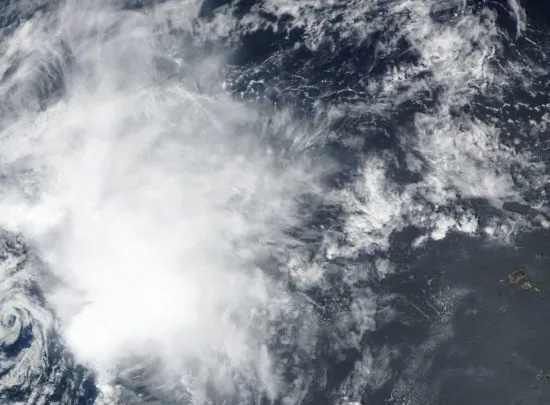
The 1990s and early 2000s saw storm chasing enter the mainstream, with the release of popular films like “Twister” and the rise of television shows dedicated to severe weather. This increased visibility brought with it a new generation of storm chasers, eager to experience the thrill of the chase and contribute to our understanding of these awe-inspiring natural phenomena.
As we entered the 21st century, storm chasing underwent a dramatic transformation, fueled by rapid advancements in technology, improved forecasting models, and a growing public fascination with severe weather. The period from 2000 to 2024 saw an explosion in the popularity of storm chasing, with a new generation of chasers pushing the boundaries of what was possible in the pursuit of nature’s fury.
One of the most significant developments during this time was the rise of high-resolution weather models and the increasing availability of mobile weather radar applications. These tools allowed storm chasers to track and predict the movement of storms with unprecedented accuracy, revolutionizing the way they approached their craft. No longer were chasers reliant on radio reports or their own intuition to guide them; now, they could access real-time data and detailed forecasts at the touch of a button. This technological leap forward not only made storm chasing safer and more efficient but also opened up the field to a wider range of participants, from seasoned researchers to amateur enthusiasts.
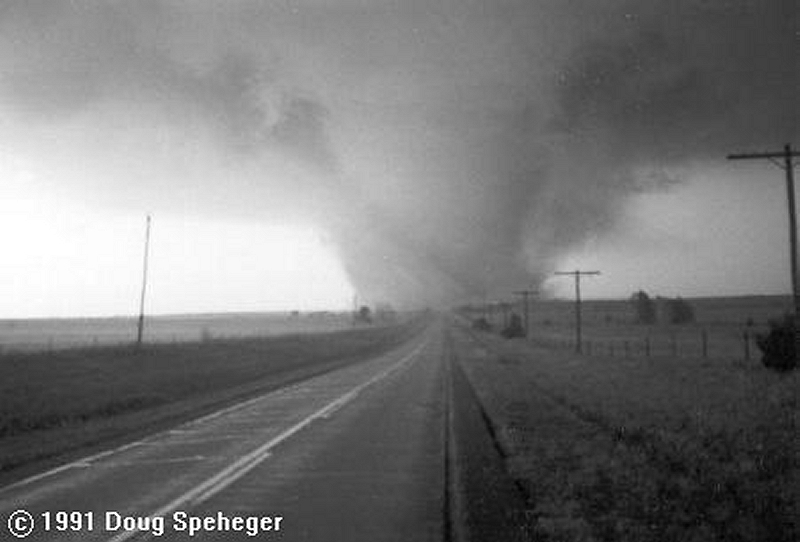
The 2000s also saw the emergence of a new breed of storm chaser, epitomized by the likes of Reed Timmer. Timmer, a meteorologist and extreme storm chaser, gained notoriety for his daring exploits and his custom-built armored vehicle, designed to withstand the forces of even the most violent tornadoes. His adventures, along with those of other extreme chasers, captured the public’s imagination and helped to fuel a growing interest in storm chasing as a recreational pursuit. The launch of the Discovery Channel’s “Storm Chasers” television series in 2007 further cemented the popularity of storm chasing, bringing the thrills and dangers of the chase into living rooms across the country.
Today, storm chasing remains a vital tool for researchers seeking to unravel the mysteries of severe weather. While technology has advanced significantly since the early days of Hoadley and Ward, the spirit of adventure and the desire to witness nature’s raw power continue to drive storm chasers to pursue their passion. As climate change contributes to an increasing frequency and intensity of severe weather events, the work of these dedicated individuals has never been more important.
